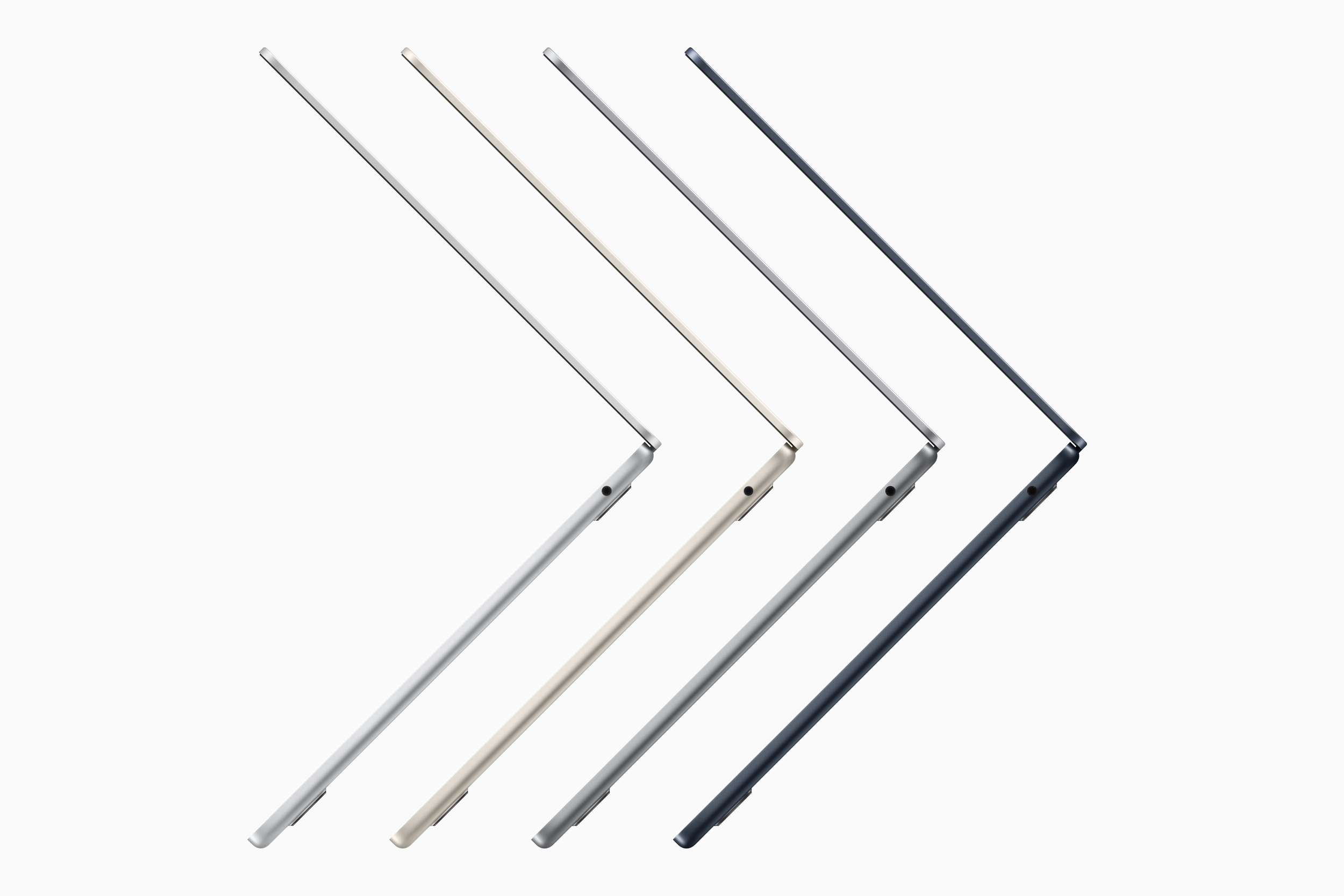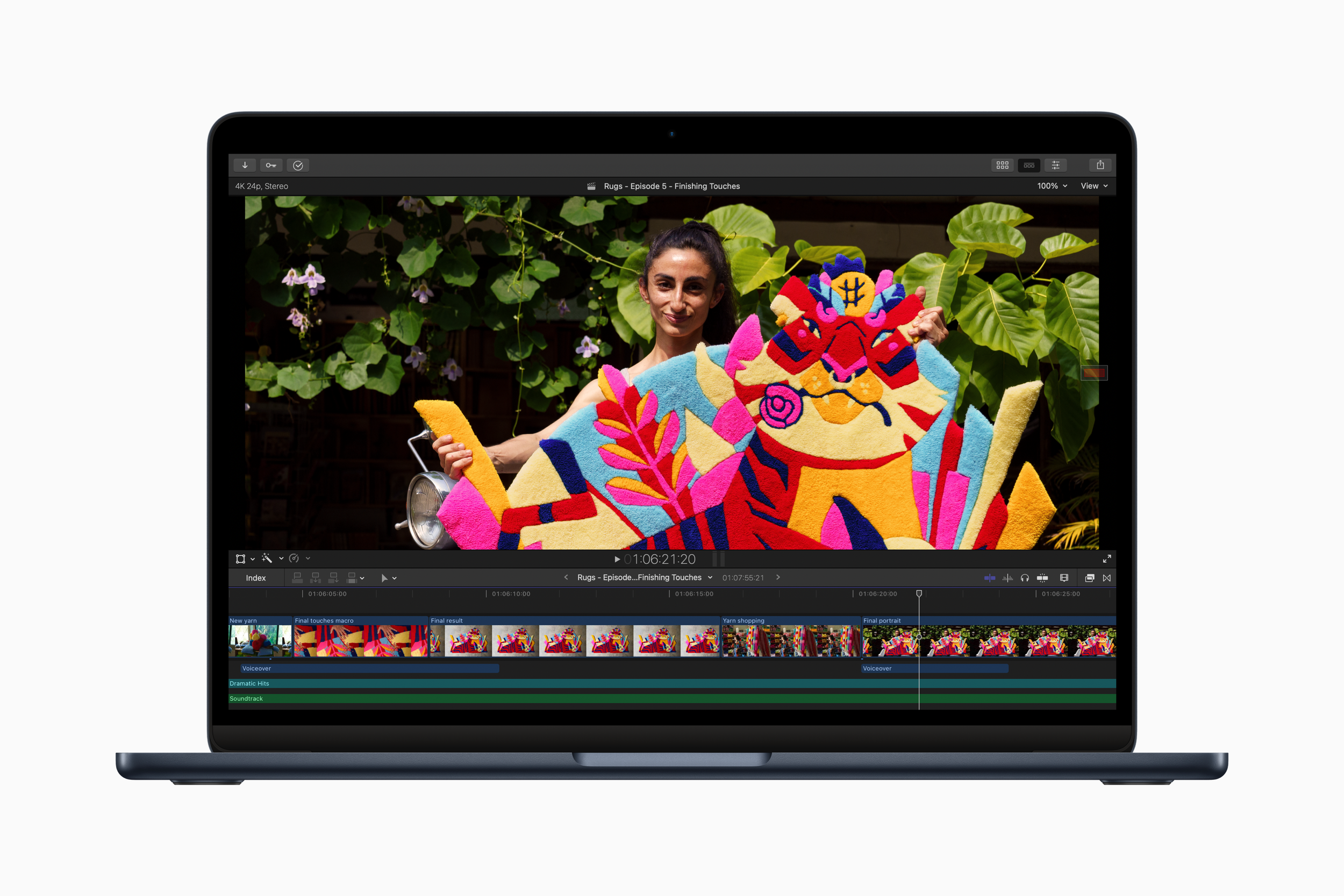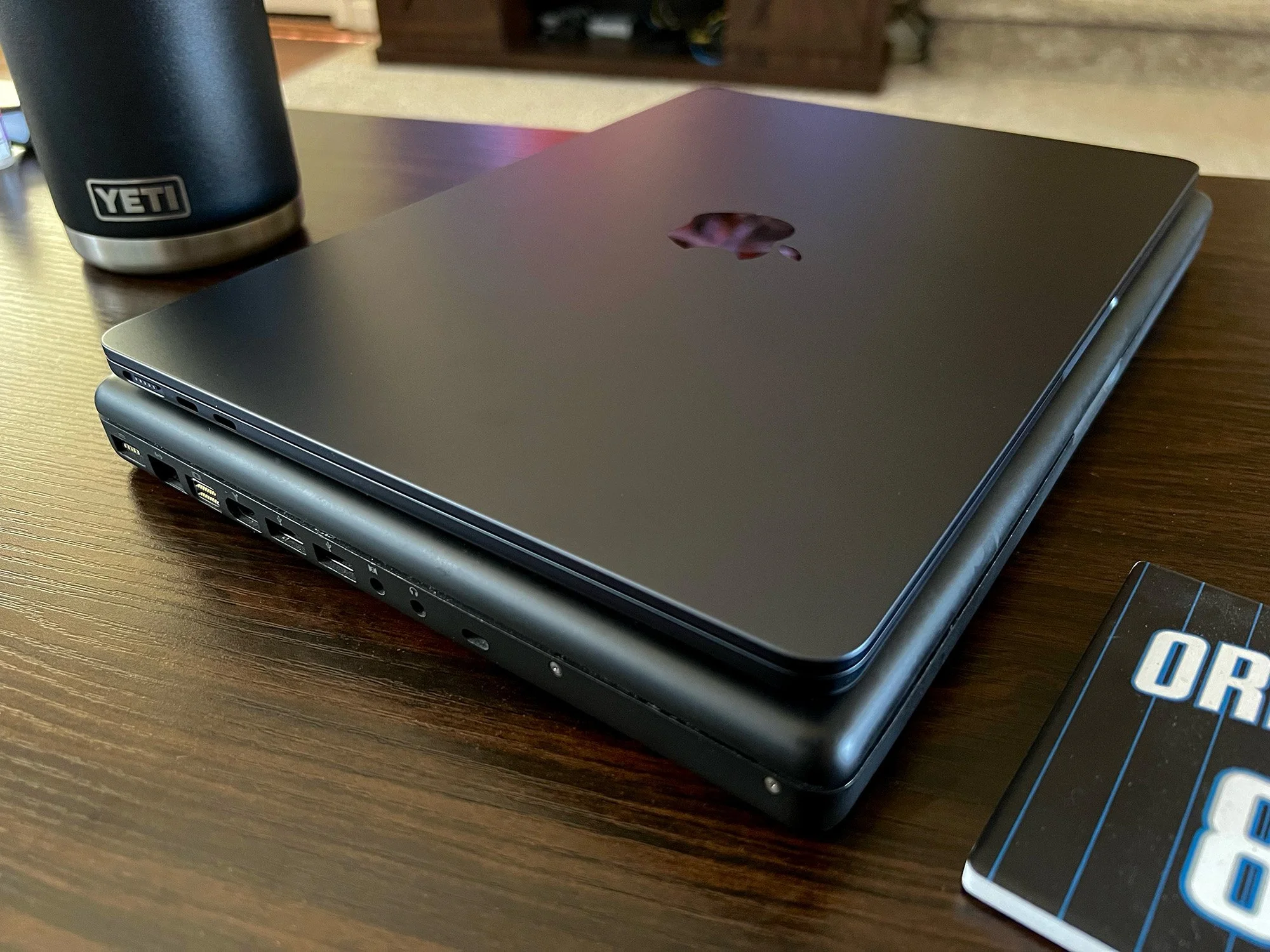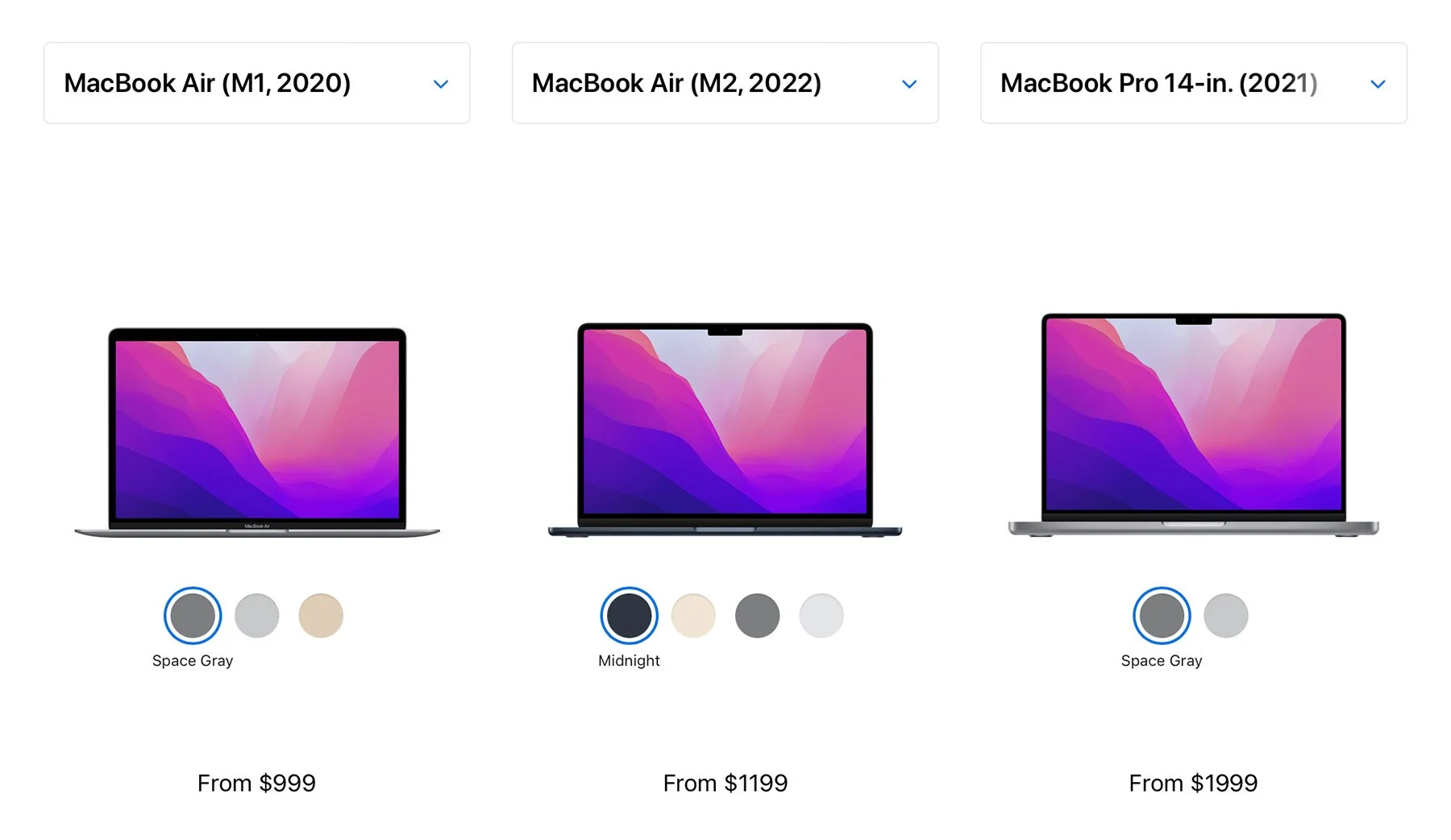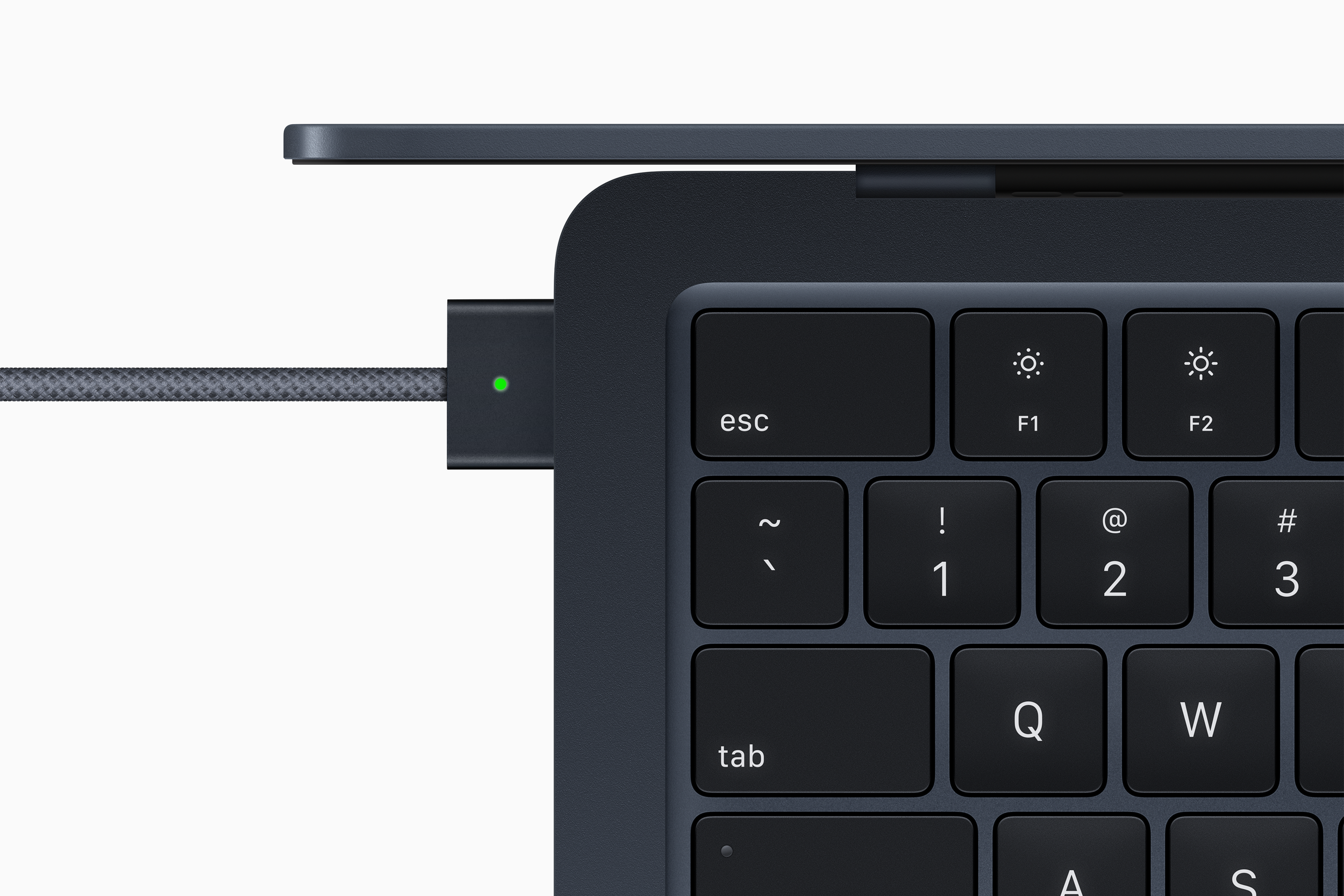The ridiculous complaints about the M2 MacBook Air
Source: Apple
Back in mid-July, Apple unleashed the next generation of its M-series chips. While Apple’s transition to its own silicon is not yet complete (looking at you, Mac Pro), we’ve already moved on to version 2 in the form of the M2 chip. That’s not to say the M1 is obsolete. In fact, you can still buy the 2020 M1 MacBook Air from Apple if you want, and honestly, that wouldn’t be such a bad idea. But that can also complicate the purchase decision.
If you spend any amount of time researching the M2 MacBook Air, you’re going to come across four “issues” that tech reviewers can’t stop rehashing. Some of the rhetoric may even lead you to believe that the new version of Apple’s most popular computer is not worth your money.
I’m here to tell you why these complaints are completely overblown and, in most cases, doing a huge disservice to the kinds of people who would love this laptop.
But Why?
Let’s start with some background. Far too often, people who review technology do so from a very narrow perspective. Almost anyone you find reviewing a Mac on YouTube looks at the Mac from the tiny bubble of someone who produces YouTube videos. That’s their workflow, so that’s all they care about. They put the Mac through the paces of editing a lot of high resolution footage and see how long it takes to export. They run it through a bunch of benchmark software that taxes it in ways that no normal human would, and then complain about things like heat and throttling.
The problem is, when they make recommendations, they don’t do so for the sake of the average consumer. If a Mac doesn’t blaze through their specific workflow, they caution people against it with caveats like “it’s fine for basic computing tasks but I wouldn’t do any serious creative work on it.”
But most people who buy computers do so in order to do basic computing tasks. They’re not making YouTube videos and they shouldn’t care at all about benchmark numbers. These tech reviewers are creating unnecessary fear and doubt in the average consumer by poisoning them against machines that are perfectly capable of handling anything they throw at them.
That said, here are the four main silly complaints about the M2 MacBook Air that you’re likely to hear.
Base Model SSD Speed
Source: Apple
Both the M1 and M2 MacBook Air are available with 256GB of storage in the base model. The difference is that the M1 version has two parallel 128GB flash chips while the M2 has a single 256GB chip.
When you have two parallel flash chips, you end up with higher read and write speeds because the system can access both chips simultaneously (even though it’s technically all one storage bank). Reducing it to a single chip reduces the overall speed…and this has caused an absolute conniption among tech reviewers.
Bear in mind that this only affects the entry-level 256GB model of the M2 laptops (both the MacBook Air and the 13-inch MacBook Pro). Each of the higher storage tiers (512GB, 1TB, and 2TB) has parallel flash chips, so they retain the super fast read/write speed we’ve all come to expect from Apple Silicon Macs.
Because of this change, the default position among reviewers has been “boooo, Apple is ripping us off,” which is absolutely silly. Did Apple decide to use a single 256GB chip in order to screw over the customer? No. Did they do it because that’s currently the most economical storage size available at scale? Most likely.
Rene Ritchie can explain it a lot better than I can…watch his explanation here. It essentially boils down to economies of scale and the progress of technology. While 128GB flash chips used to be the default, 256GB flash chips are now the most economical for suppliers to produce at scale, so that’s what Apple has to work with.
So how does this affect you, the buyer? Well, if you’re in the market for a laptop with 256GB of storage, it won’t affect you at all. You’re most likely a student, or you do mostly knowledge work that involves spreadsheets and documents and presentations and email and web browsers. Day-to-day tasks of that nature will not see a performance hit in the least.
If you do the kind of creative work that involves moving huge files on and off your internal storage (ie. Video production, professional photography, etc.) then yeah, you might have to wait a little longer for those files to transfer. But if that’s your workflow, you’re not interested in 256GB of storage. You need a lot more than that.
So anyone running a benchmark on the base model M2 MacBook Air and bemoaning the drive’s read/write speed is doing a huge disservice to the kind of people shopping for these laptops. Of course, I’ll always recommend spending as much as you can on RAM and storage, but if your budget only allows for 256GB of storage, don’t worry about it.
Thermal Throttling
Source: Apple
Anyone who has used an Intel Mac laptop over the past 5 or 6 years knows that they had a tendency to sound like a jet engine without much prodding. One of the best features of the M1 MacBook Air was that Apple was able to remove the fan and still give us a fast laptop that ran cool and never emitted embarrassing rocket ship noises in the middle of a class lecture (been there). Of course, that benefit carries over to the M2 model.
But while the M1 MacBook Air retained the classic wedge-shaped (and slightly thicker and roomier) chassis from the Intel era, the M2 model is an all-new, even thinner design. And, it turns out, that changes the thermal game.
With less internal space to dissipate heat, the M2 can get a little warmer when put under a heavy load, and eventually, it’ll throttle, or slow the processor to reduce heat. This has caused yet another collective temper tantrum across the tech YouTube and Twitter sphere.
In his testing, MKBHD (one of the most-watched tech YouTubers) found that the threshold for throttling in the M2 MacBook Air is somewhere around 5 minutes of sustained load. Sustained load would be constant uninterrupted activity that pushes all of the cores at once, so things like exporting a long video from Final Cut Pro or rendering a 3D environment…those are the things that will cause the MacBook Air to heat up and eventually throttle. But that doesn’t even mean that it can’t do those things…it absolutely can, and it does them well. You’ll just wait a little longer for those tasks to finish.
My favorite quote (courtesy of David Sparks on the Mac Power Users podcast) likened reviewers complaining about this throttling “issue” to complaining that a Toyota Prius can’t run the Daytona 500. It’s not meant to, and you didn’t buy it for that…even though technically it’s perfectly capable of doing it! It’ll just take longer to finish.
As for heat, I’ve used this laptop on my lap for extended periods doing my usual work, which involves a lot of browser tabs and 6 or 7 other apps, including Apple Music with my AirPods connected. I’ve never felt it get warm.
If you’re editing photos, writing reports, fielding tons of emails, or doing any other general computer tasks, you will never have a problem with this Mac’s speed or heat. And if you’re the kind of person that needs sustained performance, you’re not the kind of person that’s shopping for a MacBook Air. You should be looking at a MacBook Pro that has a fan (either the 13-inch M2 or the 14/16-inch M1 Pro/Max).
Thus, this is also a moot point.
Midnight Fingerprints
The two coolest Macs ever…Midnight M2 MacBook Air and 2006 Black MacBook
I get this one to a certain extent, but it’s still kind of silly to complain about it. The new M2 MacBook Air comes in the usual Silver and Space Gray that Apple has offered for many years, but you can also opt for the new Starlight (a very light champagne gold) or Midnight (a very dark bluish black). As far as I’m concerned, Midnight is the spiritual successor to the 2006 black MacBook (the Blackbook…the coolest computer ever), so that’s the one I had to have. It also reminds me of the iPhone 5 in slate, which was one of my favorite iPhone designs. It’s gorgeous.
But if you listen to the reviewers, Midnight should be avoided at all costs because of *gasp* finger prints and scuffs.
Yes, the Midnight finish shows finger prints. If that kind of thing bothers you, you may want to go with a different color. It may also scratch, revealing the silver metal beneath. That’s the risk you take with anodized aluminum.
But what exactly are you buying? Is your Mac a museum piece that you’re going to keep in a glass case? No, it’s a laptop that’s going to get tossed in a bag and dropped on the table and get coffee spilled on it. In short, it’s meant to be used.
I liken this to saying you shouldn’t buy a black car because it shows more dirt than other colors. It’s a car…it’s going to get dirty. The “solution” is to buy some shade of brown because it shows the least amount of dirt. Seriously? I’m not driving a brown car because of dirt, and I’m not buying a boring MacBook because of finger prints.
Price
Source: Apple
I understand this particular talking point because everyone has a different budget, but this shouldn’t be a complaint either.
Keep in mind that I’m referencing the regular prices on Apple’s website here. Apple offers discounts to students, so if you qualify, make sure you use the education store to get the best available price.
The M2 MacBook Air starts at $1,199, which is $200 more than the outgoing M1 model. This is nothing new. Usually, when Apple introduces a redesigned product, there’s a temporary price increase. In fact, It seems the collective tech media has a very short memory because the same scenario happened a few years ago. The 2017 MacBook Air, which started at $999, was replaced by a redesigned model in 2018 that came in at $1,199.
There’s a solid business reason for this (yes, it’s business time). A new design costs a ton of time and money in the form of research and development, and when a company spends that much on a new product, it expects to recoup those dollars in the form of revenue. Raising the price raises revenue on the initial sales, allowing the company to pay it down faster before eventually dropping the price on a future revised model of the same design.
Case in point: the original MacBook Air, which was a radical design for its time and required some very creative engineering (which couldn’t have been cheap), started at $1,799 in 2008 dollars! That’s roughly $2,475 today, and the thing shipped with a single USB port and an iPod hard drive!
So yes, a price bump was to be expected. I think the main issue people are having is that the M1 MacBook Air is still available at that $999 price point (and is still a really great laptop). Rather than dumping the previous model like they did in the Intel days, Apple has adopted more of an iPhone strategy with their Apple Silicon Macs. Each year, you can expect the outgoing model to stick around in the lineup, usually at a reduced price. In this case, it allowed Apple to keep $999 as their laptop entry point.
More SKUs means more options for consumers, which is usually a good thing. But when it comes to computers, some people don’t want that much choice. While it’s easy to look at the prices and assume the M2 MacBook Air is a rip-off, you’re actually getting a lot for that extra $200. It has the latest processor, a slick new design that’s thinner and lighter than the previous model (and comes in Midnight), a larger and brighter screen, better 1080p webcam, and MagSafe, which is not only a joy to use but also leaves both USB-C ports available while charging (the M1 requires using one of its two USB-C ports to charge). That’s a pretty great value.
Source: Apple
So rather than knock the M2 for its higher price, it’s important to understand the reason and value behind it. Your budget is still your budget, so plan accordingly.
Wrap-Up
In short, don’t pay attention to the clickbait headlines. Lots of tech journalists are trying to capitalize on the discourse in order to attract clicks, and in the process, they’re creating confusion and misleading consumers.
If your number one priority is price, then you can’t go wrong with the M1 MacBook Air.
But if you’re looking for a new Apple laptop and your budget allows, you should seriously consider the M2 MacBook Air. I consider it to be Apple’s best laptop ever and it’s perfect for the vast majority of people.
And if you’re still not sure, book some time to chat with me!
